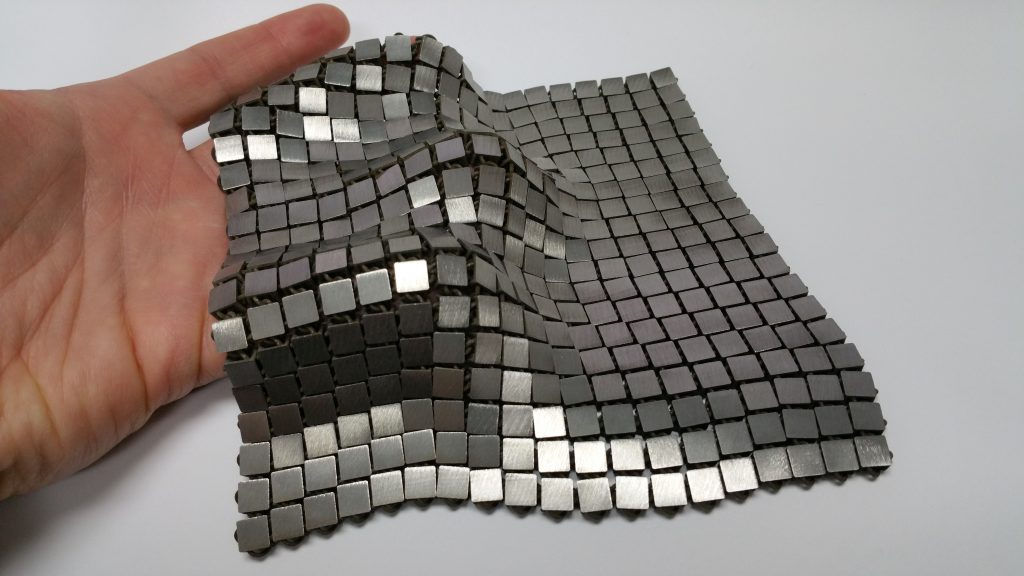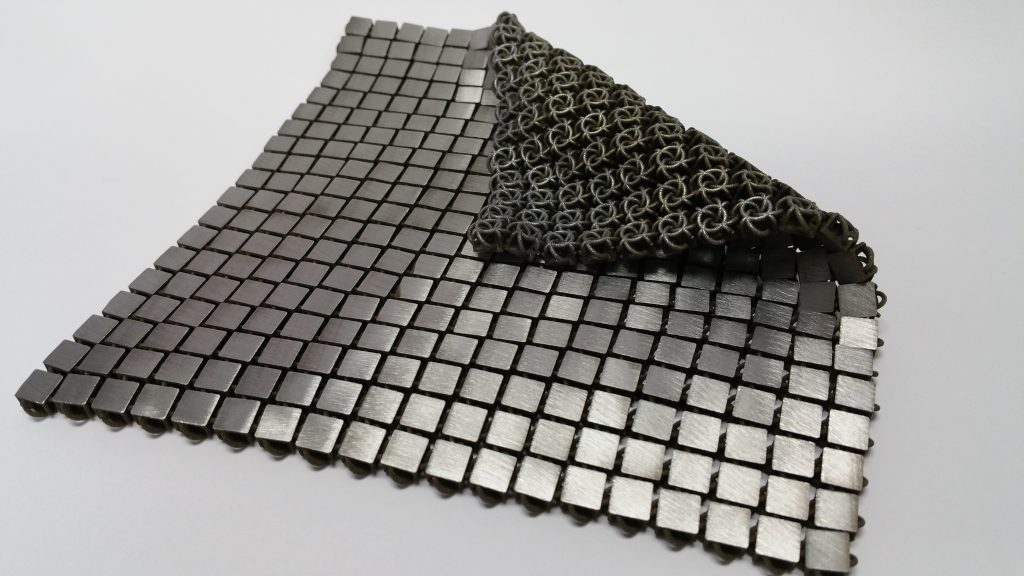How the son of a fashion designer in Spain is creating the fabrics of the future
Growing up with a fashion designer mother in Spain, one systems engineer at NASA’s Jet Propulsion Laboratory is now designing the fabrics of the future.
From a young age, Raul Polit Casillas was intrigued by how materials are used for design. And even if he didn’t follow in his mother’s footsteps, Raul is still very much in the world of textiles. As a systems engineer at NASA’s Jet Propulsion Laboratory (JPL) in Pasadena, California, Raul and his colleagues are designing advanced woven metal fabrics for use in space.
According to a JPL press release, these fabrics could potentially be useful for large antennas and other deployable devices, because the material is foldable and its shape can change quickly. The fabrics could also eventually be used to shield a spacecraft from meteorites, for astronaut spacesuits, or for capturing objects on the surface of another planet.
One potential use might be for an icy moon like Jupiter’s Europa, where these fabrics could insulate the spacecraft. At the same time, this flexible material could fold over uneven terrain, creating “feet” that won’t melt the ice under them.

To make such fabrics, it’s necessary to use a technique called additive manufacturing, otherwise known as 3-D printing on an industrial scale. Using this method, the desired object is built up buy depositing materials in layers. The technique is cheaper and it allows for unique materials to be created. The prototypes that Polit Casillas and colleagues have created look like chain mail, with small silver squares strung together.

“We call it ‘4-D printing’ because we can print both the geometry and the function of these materials. If 20th Century manufacturing was driven by mass production, then this is the mass production of functions,” Polit Casillas explained.
In the distant future, Polit Casillas said, astronauts might be able to print materials as they’re needed — and even recycle old materials, breaking them down and reusing them. Conservation is critical when you’re trapped in space with just the resources you take with you.